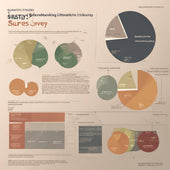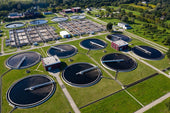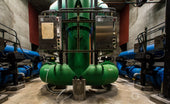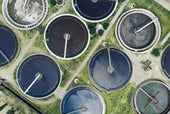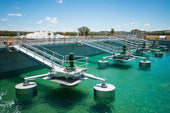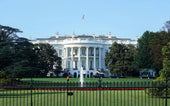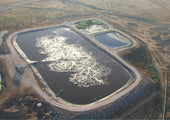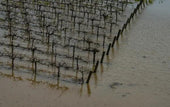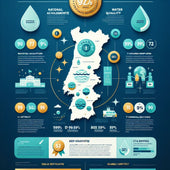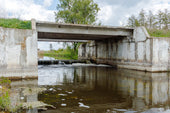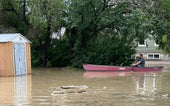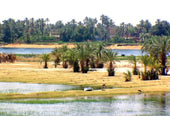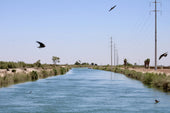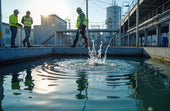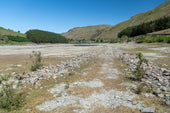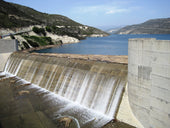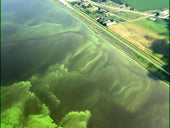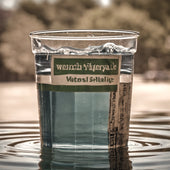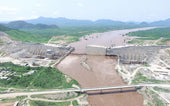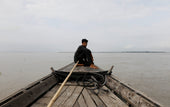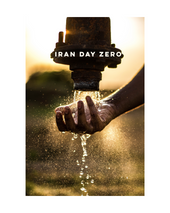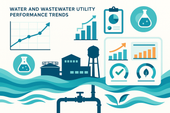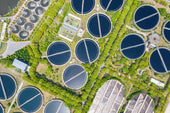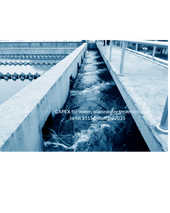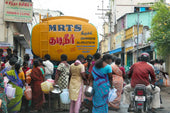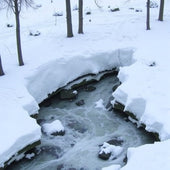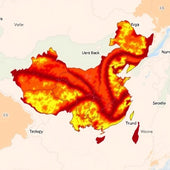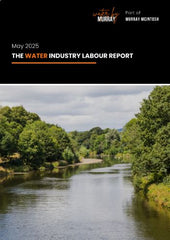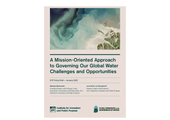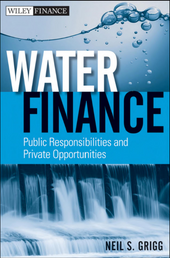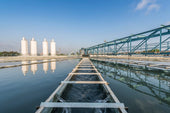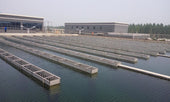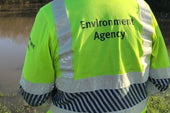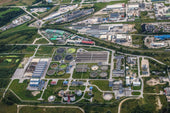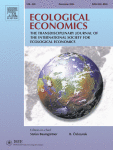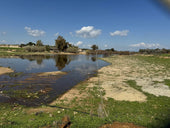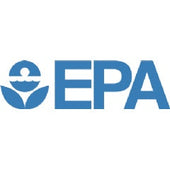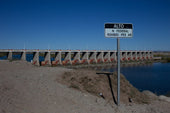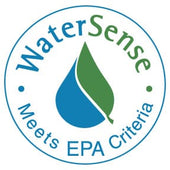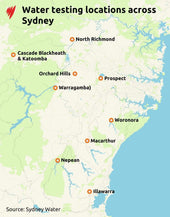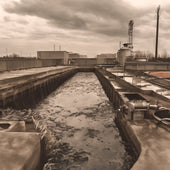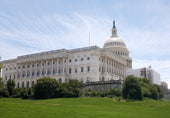
Water Resources: Water & Site Selection

Water is a critical factor in site selection, influencing industrial, commercial, agricultural, and residential developments. The availability, quality, and cost of water play a crucial role in determining the long-term success of a location. Whether for drinking, manufacturing, energy production, or irrigation, water accessibility and sustainability are carefully considered when choosing a site.
1. Water Availability And Quantity.
One of the primary concerns in site selection is ensuring an adequate water supply to meet current and future needs. Many industries, such as food processing, pharmaceuticals, and data centers, require vast amounts of water. Agriculture, which is heavily dependent on irrigation, also relies on consistent water access. Without a reliable source of water, operations can be interrupted, increasing costs and reducing productivity. In urban planning and real estate development, access to potable water is necessary for residential and commercial growth. A location with insufficient water resources may face restrictions on development or require costly infrastructure investments to secure an adequate supply. Moreover, growing populations and climate change can strain water resources, making long-term availability a crucial aspect of site selection.
2. Water Quality And Treatment Needs.
As water resources become increasingly strained due to population growth and climate change, careful evaluation of water-related factors is essential for sustainable and successful long-term operation.
Water quality is equally important as availability. Different industries require varying water purity levels. For example, semiconductor manufacturing and pharmaceutical production demand ultra-pure water, while agricultural operations may tolerate lower-quality water sources. If a site’s water quality does not meet industry standards, additional treatment processes may be required, increasing operational costs.
Municipalities and businesses must also consider factors like contamination risks from nearby industrial activities, agricultural runoff, or naturally occurring pollutants. A location with poor water quality may pose health risks, increase regulatory burdens, and require expensive filtration systems. Before selecting a site, companies conduct thorough water quality testing to ensure compliance with local, state, and federal standards.
3. Cost of Water And Infrastructure Requirements.
The cost of water varies significantly depending on the region, supplier, and infrastructure. Some locations have abundant natural water sources, making water relatively inexpensive, while others rely on importation, desalination, or extensive treatment. High water costs can impact the financial viability of a site, especially for industries that require large volumes of water.
Infrastructure availability also plays a role in site selection. If a site lacks sufficient water delivery and wastewater treatment facilities, companies may build their own systems or work with the community to build. These additional costs and regulatory requirements can make some locations less desirable. Moreover, older infrastructure may be inefficient or prone to failures, increasing maintenance and operational expenses.
4. Environmental And Regulatory Considerations.
Water-related regulations vary by region and can impact site selection decisions. Permitting, water rights, and environmental impact assessments are key factors businesses must navigate. In water-scarce regions, regulatory agencies may impose restrictions on water usage, making it challenging for high-demand industries to operate.
Sustainability concerns also influence site selection. Many companies prioritize water conservation and environmental responsibility as part of their corporate social responsibility (CSR) initiatives. A location with sustainable water management practices, such as water recycling programs or access to reclaimed water, can be more attractive to businesses looking to minimize their environmental footprint.
5. Climate And Long-Term Water Security.
Changing climate conditions are affecting water availability worldwide. Droughts, extreme weather events, and rising temperatures can lead to unpredictable water supply conditions. Companies must assess the long-term viability of a location’s water resources before committing to a site.
Some regions experience seasonal fluctuations in water availability, requiring businesses to plan for periods of scarcity. A location with diversified water sources—such as groundwater, surface water, and recycled water—offers greater resilience against water shortages.
Case Study: Rapid Radicals In Wisconsin

In Milwaukee, Wisconsin, Rapid Radicals Technologies has developed technology for industrial and municipal wastewater demands. As a water industry company, the team understands the needs of its customers and the big picture of water management.
Says Paige Peters, Founder and CTO of Rapid Radicals, “So many, if not all, industries rely on reliable and abundant access to water for manufacturing and/or produce wastewater they must treat for reuse or disposal. Being in Wisconsin and understanding these challenges is a key connection for us. From dairy to brewing, there is a need to treat wastewater and an innate desire to protect our water bodies. In Milwaukee, we’re on three rivers and a great lake; we’re surrounded by water so the importance of protecting this resource is ever present.”
When it comes to their industrial customers, Peters explains: “The main challenges we hear from industrial customers are related to cost, reliability, and regulation. Wastewater treatment can be one of the largest operating costs for industrial wastewater producers, and many of the solutions being implemented today can be unnecessarily costly and based on outdated technology or approaches. New technologies are building on chemistry principles in innovative and effective ways, and can demonstrate, even at pilot scales, their reliability to keep treating wastewater without compromising manufacturing production.”
She continues, “From a regulatory perspective, most wastewater discharge permits require a biological treatment step which can be incompatible with recalcitrant organics or toxic characteristics of industrial wastewaters. Incompatibility between technology and water matrix leads to issues with system reliability and ultimately cost to treat and cost to maintain production. For these applications, augmenting or replacing an existing system with chemical oxidation can alleviate concerns and provide more consistent performance.”
“An increasing trend we’re seeing is industrial customers seeking ways to reuse their wastewater in their processes to overcome concerns around water scarcity. Water scarcity might not be a huge concern in the Great Lakes region, but water conservation and stewardship are tenants of economic prosperity in this region which is reflected in the approaches some industrial customers and manufacturers are taking. Water reuse at the internal operations level is a function of what quality specifications does the water need to have for safe reuse and what technologies are available to achieve this.”
Water Industry Ecosystems Support Suppliers And Users
Commenting on Rapid Radicals’ evolution as a startup, Peters says, “We’ve benefitted from the programming the Wisconsin Economic Development Corporation supports including the Center for Technology Commercialization (CTC). The CTC offers microgrants to help small businesses write grants to various federal agencies’ Small Business Innovation Research (SBIR) programs such as National Science Foundation (NSF), and then also provides matching grants for the federal awards received.
She adds, “We went through the Water Council’s accelerator program the BREW in 2019 which helped us define our early value proposition and get connected with investors and other economic drivers in the state and sector. We have continued to be Water Council members and benefit from their great network and willingness to connect us at any time with potential partners. We also went through gener8tor’s non-equity accelerator, gBeta, and received mentorship and exposure that came at a pivotal moment for us in our growth.”
“The Milwaukee Metropolitan Sewerage District has been a partner on our NSF SBIR project for years following on their involvement in the preliminary research conducted at Marquette University under an NSF Water Equipment and Policy Industry-University Collaborative Research Center project (an NSF-facilitated and industry-funded research center based in Milwaukee).”
The Water Factor
Water is a fundamental consideration in site selection decisions, affecting industries, businesses, and communities. Availability, quality, cost, infrastructure, regulations, and long-term security all play a role in determining whether a location is suitable for development. As water resources become increasingly strained due to population growth and climate change, careful evaluation of water-related factors is essential for sustainable and successful long-term operation.


